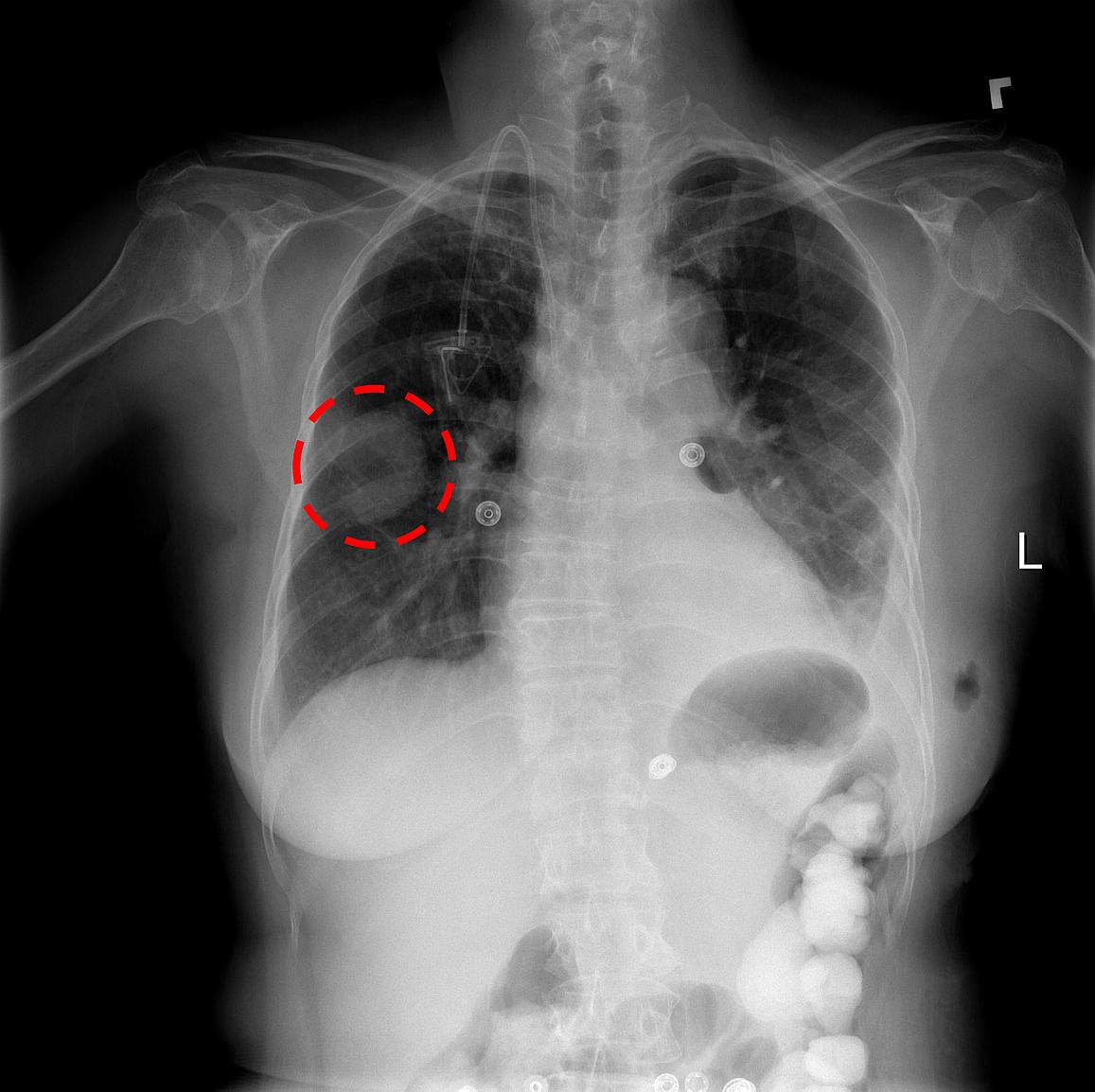
Clinical Research

Using large scale imaging datasets to understand and manage hypertensive disease progression after pregnancy
Using large scale imaging datasets to understand and manage hypertensive disease progression after pregnancy
Our research group aims to understand unique patterns of hypertensive end organ disease progression of women and their children following a hypertensive pregnancy. This information is used to develop personalised clinical tools to identify, track, and slow end organ disease to prevent early onset cardiac, cerebral and vascular disease in these families.
This project will make use of information from computational modelling to study disease progression related to a hypertensive pregnancy across multiple modalities and organs. The insights into key structural and functional changes at the organ-level that describe stages of disease will be used to help identify potential targeted intervention.
The project will make use of a collection of unique imaging and clinical datasets from clinical trials and observational studies in families with a hypertensive pregnancy history. Furthermore, our clinical trials help us understand how interventions modify the underlying disease development.
Potential areas for a PhD project include:
- Artificial intelligence - Application of artificial intelligence and machine learning to large research imaging datasets to improve the clinical tools already available to identify those at risk, and to identify next generation imaging and management approaches.
- Novel markers of early disease - Using imaging and laboratory studies to identify early cardiac and vascular changes in young people at risk of cardiovascular disease.
- Young adult cardiovascular prevention trials - Running trials to understand how novel approaches to lifestyle and clinical management may be able to modify these early risk cardiovascular phenotypes to prevent the development of later disease.
The use of blood biomarkers for the early and differential diagnosis of dementia
The use of blood biomarkers for the early and differential diagnosis of dementia
This project will focus on the use of blood plasma biomarkers of neurodegeneration and their role in the early and differential diagnosis of dementia. Blood biomarkers of neurodegeneration such as Phospho-tau (ptau)-181 and 217, glial fibrillary acidic protein (GFAP), amyloid beta (Αβ) 42/40 and neurofilament light (ΝfL) have shown high performance for the early diagnosis of Alzheimer’s disease (AD) pathology. However, their use for the diagnosis of non-AD dementias requires further development and likely additional research. Our group has previously shown that Ptau181 and GFAP plasma markers show excellent potential in differentiating AD from controls, frontotemporal lobe degeneration as well as progressive supranuclear palsy but do not perform as well in differentiating AD from Lewy Body Dementia (LBD). Furthermore these markers are not able to detect AD co-pathology in LBD. This project aims to build up on ongoing work and test the accuracy and performance of blood biomarkers of neurodegeneration for the differential diagnosis of dementia. Building up to previous work will test novel biomarkers , such as ptau-217 and ptau-231 as well as markers of brain derived tau and synaptic function in cohorts from the Cambridge Centre for Parkinson’ plus disorders. It also aims to test whether such biomarkers can be used to detect AD co-pathology in LBD. It will also aim to test the associations between plasma biomarkers and brain imaging such as PET markers of synaptic function and neuroinflammation in AD and LBD using various statistical models including mixed linear models, area under the curve statistics and more advanced methods such as machine learning. The project will also test multimodal models and test whether addition of genetic information can improve the diagnostic accuracy of biomarkers. This post will ideally suit a clinically qualified candidate as their role will involve assessment and recruitment of research participants, collaborative work on the processing and analysis of plasma biomarkers, brain imaging data analysis and interpretation and publication of findings.
Therapeutic effects of microbiome manipulation in the treatment of eczema
Therapeutic effects of microbiome manipulation in the treatment of eczema
Our group focuses on how human health is affected by the normal microorganisms that live on our skin (collectively termed the microbiome). Our emphasis is on eczema (also called atopic dermatitis or AD), which is an inflammatory disease of the skin associated with reduced quality of life and high risk of developing asthma, allergic rhinitis, and food allergies. Recent work has uncovered that the skin microbiome is significantly different between healthy controls and patients with AD and that early commensal diversity may protect against development of AD. These realizations suggest that the skin microbiome contributes to AD presentation through both harmful and protective pathways. Our group identified a species of bacteria from normal healthy skin, called Roseomonas mucosa, which showed promising features in cell culture and mouse models that suggested the bacteria might be able to treat patients with eczema. We have since transitioned into a clinical trial using Roseomonas mucosa as a topical treatment for eczema.
Clinical Trial Methodology In Developing Countries
Clinical Trial Methodology In Developing Countries


